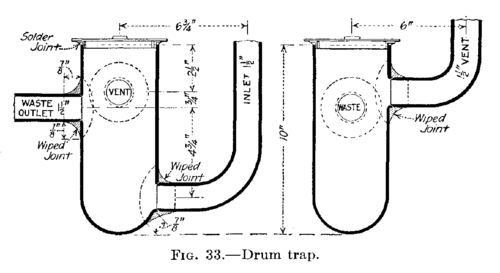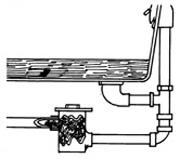Hi Guys-
I have something installed in a 6" deep well in my basement floor that I can't identify. I'm assuming it's an old pump of some sort, but there is no electrical service to it that I can see. I've attached photos. For size reference, the bricks around the edge are regular sized.
I'd like to get it out of there to make room for a sump pump but I don't want to do anything stupid.
What the heck is this thing?
Nate Greeene



I have something installed in a 6" deep well in my basement floor that I can't identify. I'm assuming it's an old pump of some sort, but there is no electrical service to it that I can see. I've attached photos. For size reference, the bricks around the edge are regular sized.
I'd like to get it out of there to make room for a sump pump but I don't want to do anything stupid.
What the heck is this thing?
Nate Greeene



Last edited:









